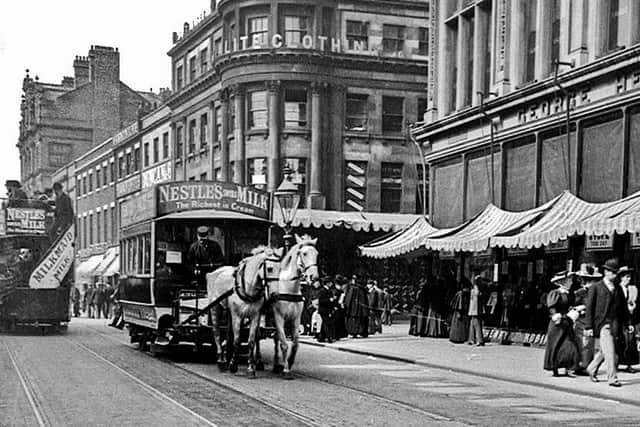Here's why it is called Mackie's Corner - and did you know about it's New Year's Eve tradition?
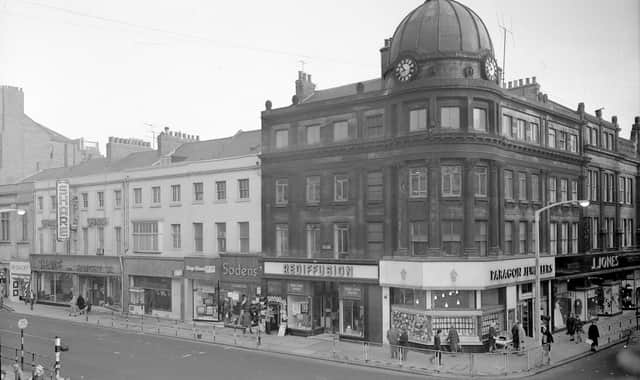

Or maybe you always wondered about the history it held and the New Year tradition which centred on that part of Sunderland.
Well, we are happy to bring you some answers with the ever-excellent help of Philip Curtis and the Sunderland Antiquarian Society.
Advertisement
Hide AdAdvertisement
Hide AdIn the latest of our occasional features compiled with the help of Philip, we look at one of Sunderland’s most famous landmarks.
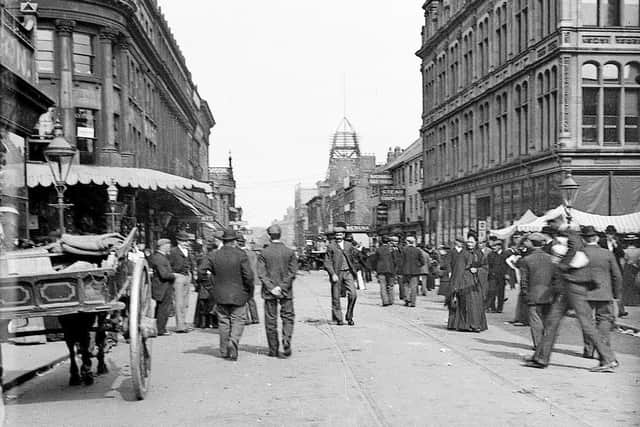

He tells us: “Almost 170 years have rolled by since this familiar piece of local architecture was erected on the site of a large house and garden belonging to Dr William Clanny, a leading light in the medical profession.
“Dr William Clanny was a scientist, world famous for his invention of the safety lamp which preceded its rival produced by Sir Humphrey Davy.”
He was just as instrumental in the formation of a piece of Sunderland history.
Advertisement
Hide AdAdvertisement
Hide Ad“That area of High Street then consisted mainly of houses with gardens in front, “ said Philip. “The people in them had moved up from the less salubrious industrial and commercial areas in High Street East and Low Street.
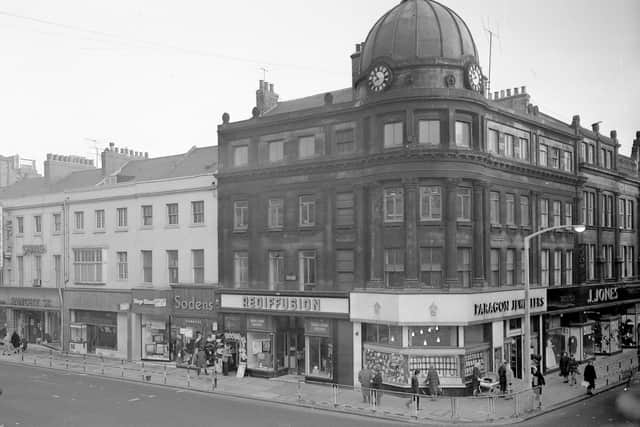

“In fact, up to 1874, apart from the offices and shops between Villiers Street and Bridge Street, High Street West remained genteel - the trade of the port being still confined to the East End, though this was soon to be altered when the north end of the Central Station was opened in High Street West.
“Hutchinson’s Buildings were erected in 1845 by Ralph Hutchinson, who was a timber merchant and shipbuilder.
“The design and plan for the buildings were the work of George Andrew Middlemiss under whose supervision the work was completed. The building contractor was Mr James Dowell, who operated from George Street.
Advertisement
Hide AdAdvertisement
Hide Ad“The scheme was regarded at the outset as a gigantic undertaking, and so it proved, as long before its completion Mr Hutchinson had to seek financial assistance.
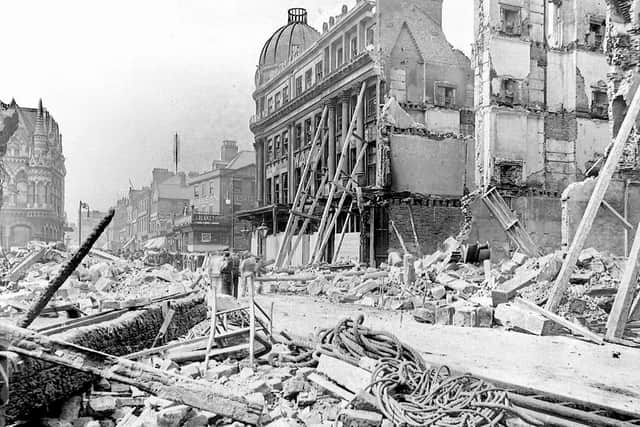

“Once completed, tenants were secured and among the earliest was a Robert Mackie, a silk hat maker whose name lives on. He had the corner shop immediately beneath the dome, and the great attraction to his windows was to watch his employees engage in making bell toppers’, as they were then called.
“About this time, a public clock was suggested in the dome above his shop, and eventually a subscription list was opened and its object accomplished.”
But what about that New Year’s Eve tradition.
Philip explained: “In times gone by it was tradition to run the length of Fawcett Street before the bells finished their chimes on New Year’s Eve.”
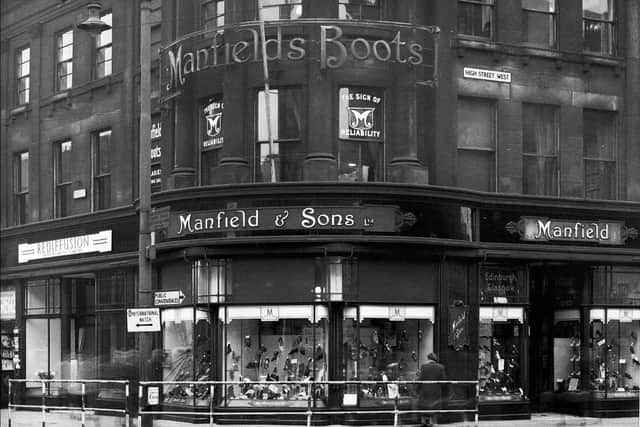

Advertisement
Hide AdAdvertisement
Hide AdPhilip gets our thanks yet again for his help on Sunderland history.
To find out more about the history of Sunderland, visit the society’s Facebook page or its website at http://www.sunderland-antiquarians.org
Is there an aspect of Sunderland’s past you would like us to put the spotlight on?
Is there a pub or nightclub you would like us to feature, or perhaps a shop or a restaurant that you loved in times gone by?
Advertisement
Hide AdAdvertisement
Hide AdIs there a school that you loved to attend or a workplace you still remember fondly? Contact Chris Cordner on [email protected] and tell us more.
